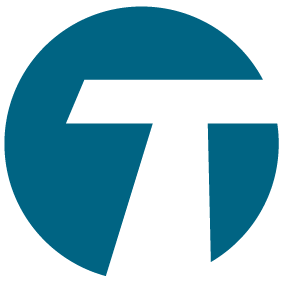Kollektivfeltet – kampen om kapasiteten
DOI:
https://doi.org/10.54337/ojs.td.v22i1.5819Emneord (Nøkkelord):
electric vehicles, EV incentive, public transport lane, bus lane, climate policySammendrag
In order to encourage people to buy electric vehicles (EVs) and promote environmentally friendly E- mobility, the Norwegian Government has introduced several incentives, one of them, which gave EVs access to the PT lane (2003/2005). The background for the incentive was the Government’s climate policy. In a country such as Norway, which gets most of the electric power from hydroelectric sources, EVs are more environmental friendly than the conventional car. The incentives have proven very effective, and in the last few years, the EV market in Norway has grown rapidly. It has been argued that the EVs has become so popular that they are becoming a threat to the buses mobility, speed and thereby punctuality, in urban areas since they are just as space demanding as the conventional car. The incentive might degrade the bus service and cause an unfortunate modal shift towards increased car ownership and car use. That could lead to increased urban sprawl, putting the incentive at risk of contrary environmental impacts. This is of special interest since the foremost political goal is to freeze the level of passenger car traffic, which will lead to an increase in PT traffic in the coming years.
The first part of this paper explores the current use and challenges for the PT traffic by allowing EVs or other groups into the PT lanes. It will examine the excess capacity for PT lanes, which is of importance since many interest groups drool for the apparent excess capacity in these lanes. The spacing between vehicles in these lanes might have given travelers in the other lanes the impression that the spare capacity is higher than what it actually is. This has caused political pressure from various groups to get access to these lanes. However, the major question is whether the EVs are causing mobility problems for the buses in the bus lanes on the main road into the cities. In addition, the paper addresses questions such as; what is the expected development if the current use of PT lanes is continued? What would happen to the EV ownership if the government removes the possibility for them to use the PT lanes, and would it affect the modal split in the area? Answers to these questions will be given through various registrations and counts on the main road from Asker to Oslo.
The second part of this paper focuses on the social impacts of using incentives like allowing EVs into the PT lanes to encourage people to buy EVs. Is the bus lane about to lose its intended purpose and becoming an asset for the individual instead of a public good, a “rich man’s good” since you can pay yourself out of traffic jams? The paper examines this through earlier surveys complemented by a survey amongst people that are considering buying a car in the near future and one amongst existing EV owners.


